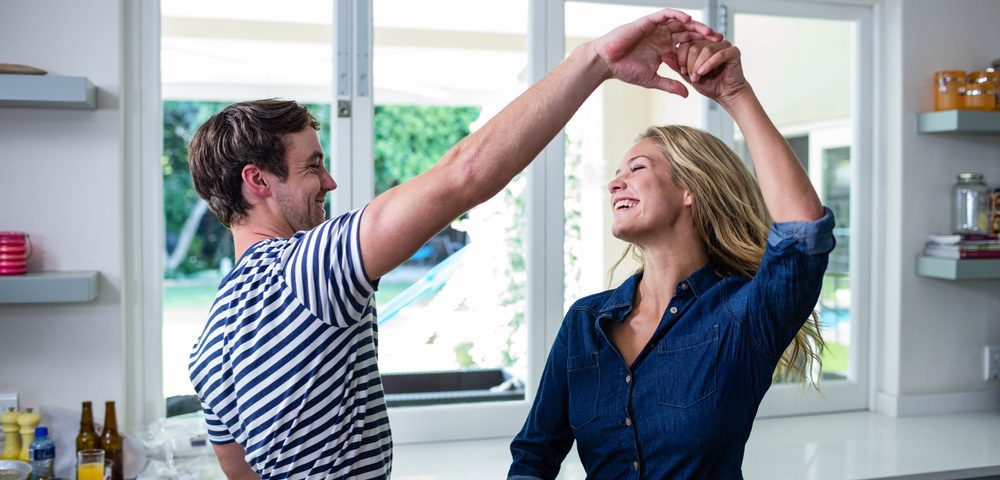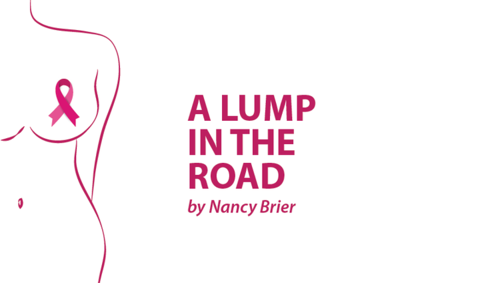One spring morning, my six siblings and I played in the living room while my mom did mom things — like washing our laundry, cooking our food, and picking up our messes while we made new ones. Then someone got the bright idea of climbing onto the mantle over the fireplace and diving onto the pile cushions we’d heaped onto the floor. When it was my turn, I flew straight into the corner of our coffee table.
The scar on my forehead is one of the few visible signs of my rough-and-tumble childhood. Remarkably, I’ve never had a broken bone, no stitches, no ER visits.
So 45 years after the coffee table incident, when I was diagnosed with triple-negative breast cancer, I was a first class rookie in healthcare. I didn’t know what I was doing. My husband found a lump in my breast. I saw a doctor the next day.
“Don’t worry about it,” she said. “It doesn’t meet the characteristics of cancer.”
That didn’t sound right, so I scheduled a mammogram.
“I know where you can get cheap chemo,” the tech said while my boob was smashed in a vice.
Chemo? Me? I thought. I guess I have cancer.
A few days later, a surgeon told me I needed a mastectomy and that she could do it the next morning.
“No way,” my husband said.
He’d researched other options and sped us out of there like we’d made a bad turn in a horror movie. My head was spinning. We needed someone to help us navigate the system, someone knowledgeable and trustworthy. We needed a service that actually exists.
I recently spoke with David Hines, CEO of ConsumerMedical, a company that provides critical needs patients with an ally.
“When my sister was 20 years old, she discovered she had breast cancer,” David told me. “They recommended a radical mastectomy. After the procedure, we learned that a lumpectomy would have given her the same statistical outcome.”
The same thing happened to me. A surgeon urged me to get a mastectomy, but I learned about the lumpectomy option before it was too late.
“Cancer can tear families apart,” David went on. “The condition itself is only one aspect of what people have to deal with. The wear and tear that comes with it is exhausting.”
David was right. For my cancer treatment, my husband and I drove over 10,000 miles for procedures and treatments spanning a year. We had a business to run, a child to care for, a life to lead.
“After my sister’s diagnosis, I changed my career and started ConsumerMedical,” David said. “We help patients make medical decisions. In many cases, they’re among the most important decisions of their lives.”
Patients in the program are matched with three experts: a physician, a researcher, and a nurse. They help patients know what to ask and how to get through the confusion. The service is open-ended and stays with the patient for as long as needed. For example, if I used ConsumerMedical when I got diagnosed, they would have paired me with an oncologist from Harvard or Duke, the institutions where they draw their talent. Patients also get a researcher — a data geek who runs down information about best practices, statistical outcomes, and treatment options.
In my own experience, those services would have been a godsend. Had I followed the recommendations of my first surgeon without doing an exhausting amount of homework, I would have ended up with a full mastectomy, then chemotherapy. Instead, I opted for neoadjuvant chemotherapy, then a nipple-saving lumpectomy, followed by radiation. My cancer had spread to my sternum and lymph nodes, but in the first scenario, no one would have even known.
I was lucky.
My husband threw himself into the role of researcher on my behalf. It became his full-time job. Not many people get that sort of help.
“Studies show that doctors often aren’t aware of best evidence procedures,” David told me. “It generally takes three years before a U.S. doctor even learns about them and seven more before they start to use them.”
ConsumerMedical’s library science professional ensures clients don’t slip through these cracks.
“If we can help one person avoid an unnecessary procedure,” David said, “it saves patients, and employers money, it can save the patient’s life, and it saves families a lot of angst.”
The other critical person on the patient’s team? A nurse. I love nurses. Nurses just get it, and no team would be complete without one.
A team of one-on-one advocates is what everyone needs when they go through a major health challenge.
Because you never know. If flying headfirst toward the corner of a coffee table doesn’t do you in, you might get the chance to fight a deadly disease.
And trust me, if it ever happens to you, you’re going to want every resource you can get.
***
Note: Breast Cancer News is strictly a news and information website about the disease. It does not provide medical advice, diagnosis, or treatment. This content is not intended to be a substitute for professional medical advice, diagnosis, or treatment. Always seek the advice of your physician or other qualified health provider with any questions you may have regarding a medical condition. Never disregard professional medical advice or delay in seeking it because of something you have read on this website. The opinions expressed in this column are not those of Breast Cancer News, or its parent company, BioNews Services, and are intended to spark discussion about issues pertaining to breast cancer.


